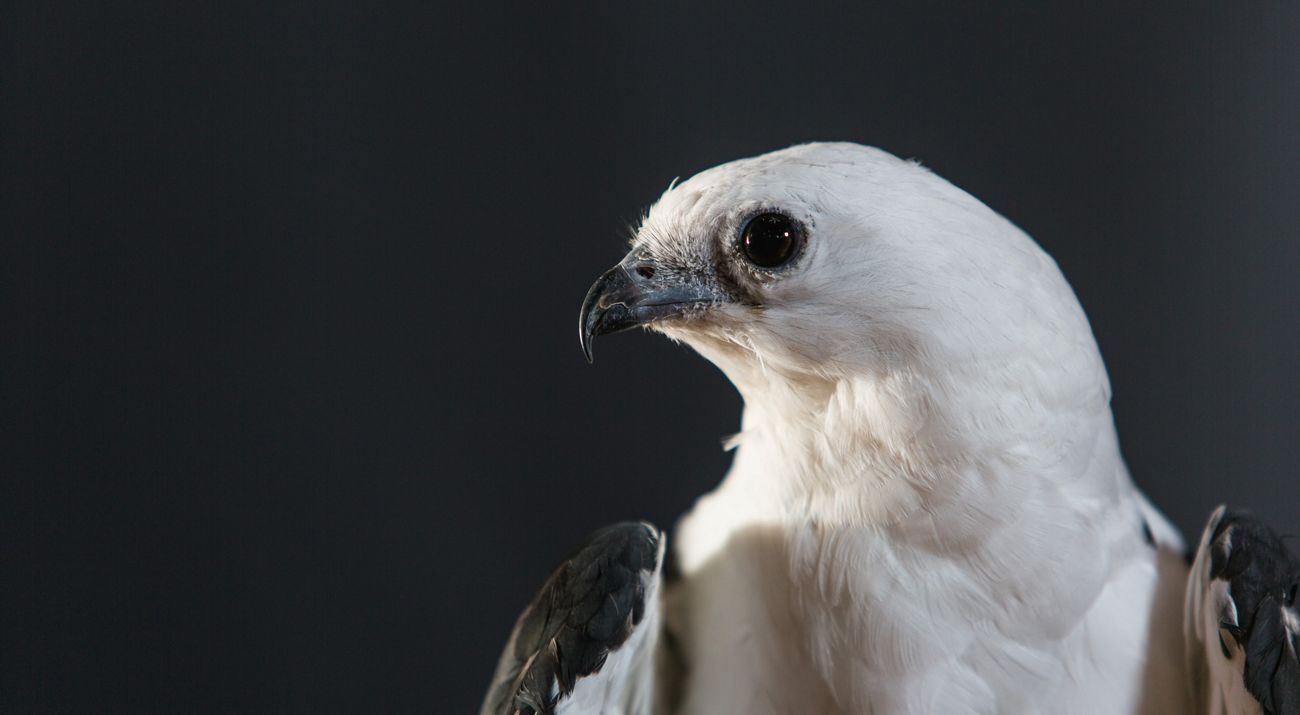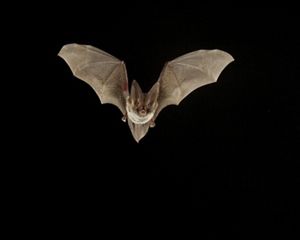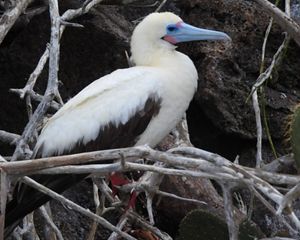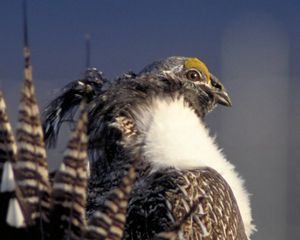Meet the Swallow-tailed Kite
Swallow-tailed kites are built like gliders, with huge wings and small, streamlined bodies. They rarely flap their wings; instead, they soar effortlessly, changing course with minute adjustments of their distinctive forked tails. They feed on the wing, snatching dragonflies and other insects out of the sky.
The birds do not reach breeding age for three to four years, and females do not breed every year. Nesting adults and their young are subject to predation by great horned owls. They have high mortality on their migration between the southern United States and southern Brazil—especially in the spring when they fly north to the Gulf Coast region and can be swept off course by storms.
Kites are very social and forage in groups. They nest in “neighborhoods” and roost in groups ranging from dozens to more than one thousand prior to migrating. Roosting a crucial time for them as they load up on calories for an exhausting 5,000-mile flight from Florida across the Gulf and down to the tropical forests of southern Brazil. Unfortunately, much of their favored habitat is threatened.
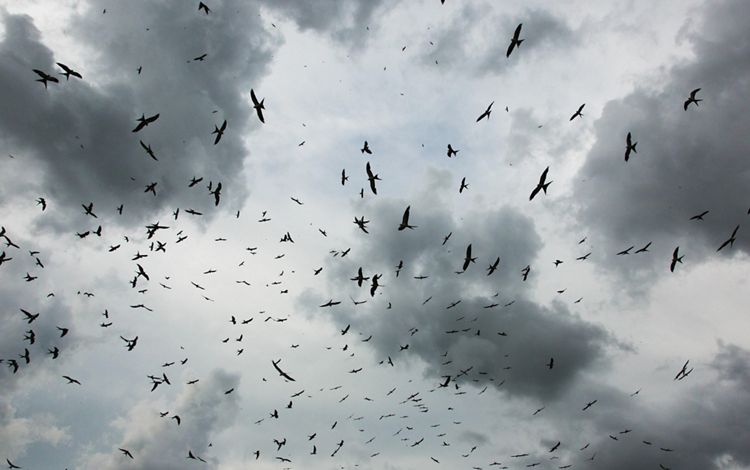
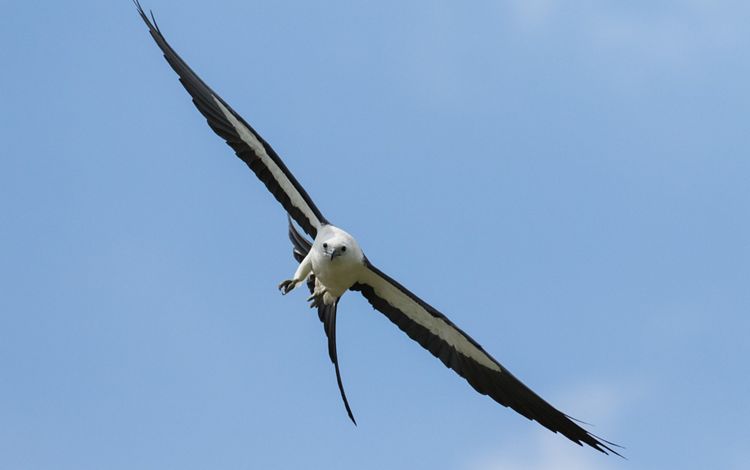
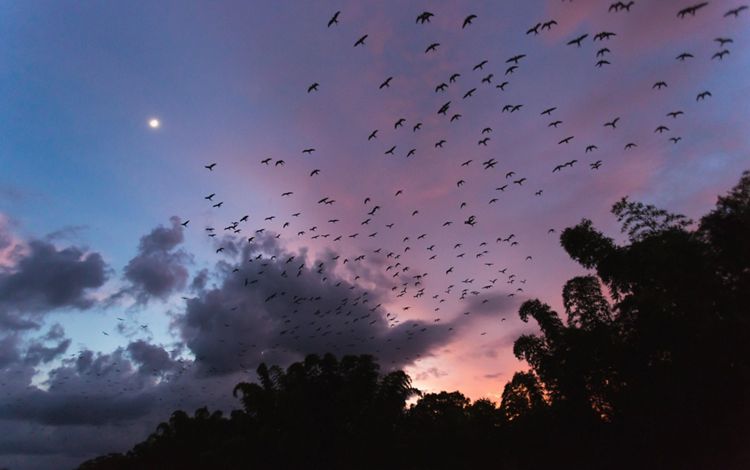
Protecting the Swallow-tailed Kite
Kites need at least 100,000 acres of contiguous forest to maintain healthy populations. Scientists estimate that the swallow-tailed kite only inhabits about five percent of its historic range. Swallow-tailed kites once nested in 21 states. Records from the 1800s show nesting pairs as far up the Mississippi Valley as Minnesota and Wisconsin. Then the population underwent a sudden decline. By 1940, the kite’s range had shrunk to seven states, from South Carolina to Texas—and the reason was unclear. Nor did anyone know how many birds remained or where exactly they flew when they migrated south.
Then there’s habitat loss. Cypress swamps and other freshwater forested wetlands where the birds nest have been dwindling for centuries. Since the 1700s, about half the nation’s wetlands have disappeared, threatened by agriculture, logging, dams, dredging and invasive species, as well as natural disturbances like hurricanes.
A new peril also looms: salinity intrusion linked to climate change. As sea levels rise, ocean tides push the “salt wedge” farther inland. This is the zone where saltwater pushes upstream in a wedge under the freshwater flowing out to sea. On South Carolina’s Sampit River, acres of dead cypress trees testify to salt’s creep upriver. Models show large swaths of freshwater cypress swamp being replaced by the spartina grass of a salt marsh.
The Nature Conservancy and Waccamaw National Wildlife Refuge are now working with the U.S. Geological Survey and university partners to better understand the habitat transition that’s underway. As this new understanding emerges, conservation strategy is also changing.
We’re also taking action. Armed with their understanding of the species’ habitat needs, TNC is working to reshape the birds’ behaviors. They place decoy birds in trees on protected land to encourage kites to roost there.
But encouraging the birds onto protected land requires that there be protected land in the first place.

